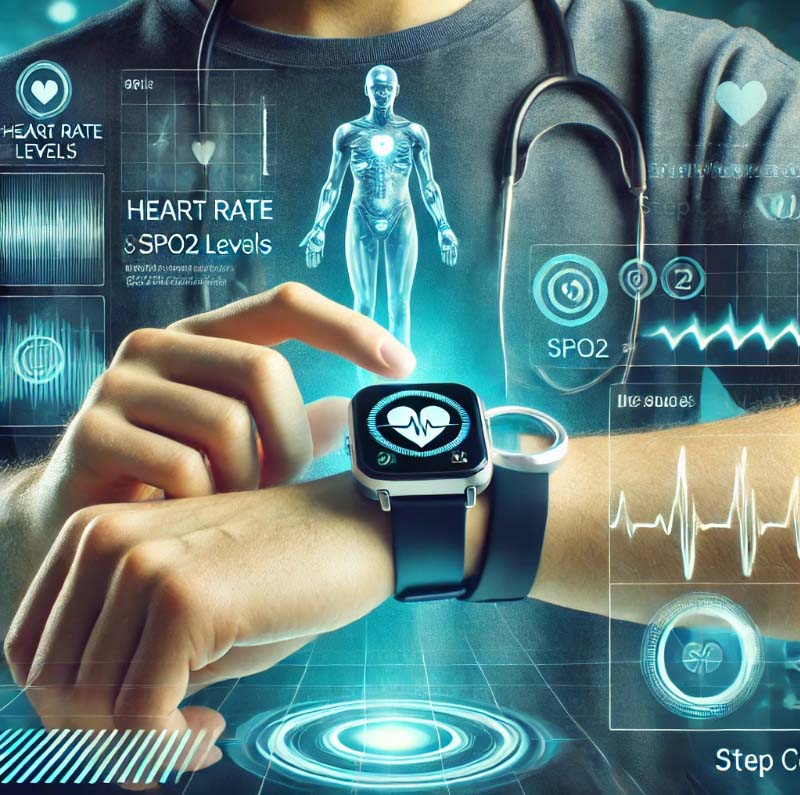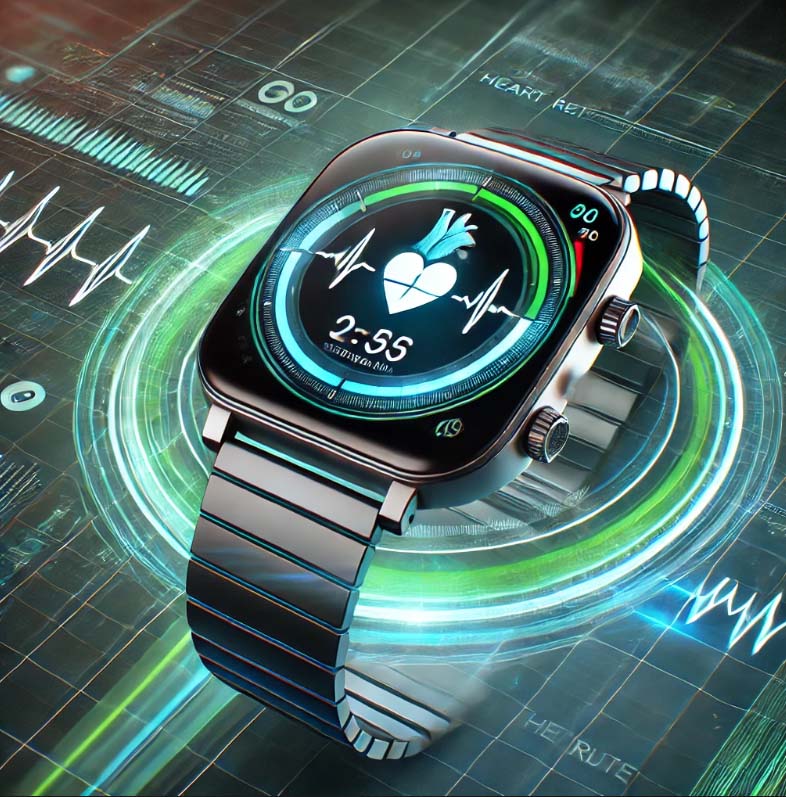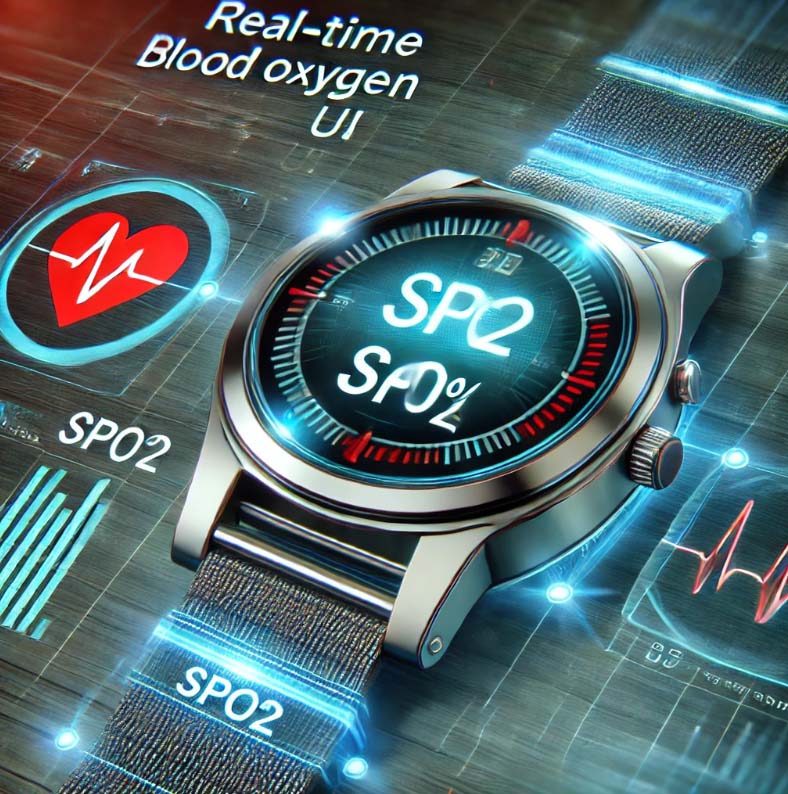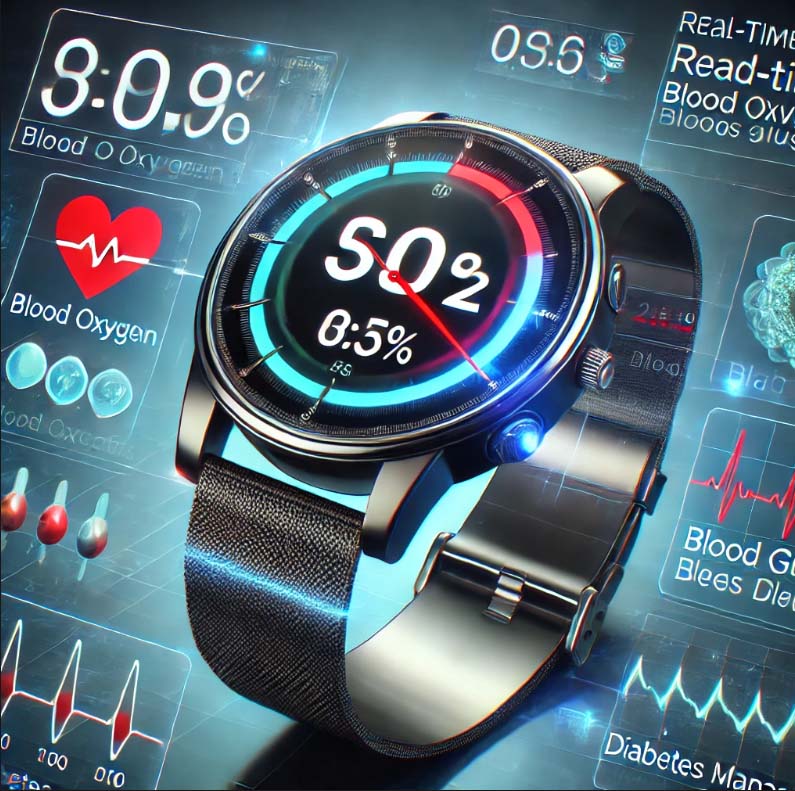Wearable Technology in Healthcare
In today’s era, technology is also being used a lot for health care Wearable technology has revolutionized the health sector. Devices attached to our bodies provide real-time data. These devices are no longer just fitness tracking, but complete health monitoring. In this blog, we understand how wearable technology is changing the healthcare industry.
What is wearable technology?

Smart devices we wear on the body such as smartwatches, fitness bands and smart glasses all digital devices play an important role in monitoring our health by tracking data in real time. Earlier people used it only to track fitness activity, but now the technology has advanced enough that it can only count steps Apart from checking calories burned, heart rate monitoring, ECG tracking, and blood oxygen level monitoring are also available.
The Role of Wearable Documentation in the Healthcare Industry
1. Heart rate and ECG monitoring

In today’s era, Apple Watch and Fitbit smartwatches are available with ECG monitoring feature which detects irregular heartbeats. This feature is very helpful for heart patients. Because of this, early signs of heart attack and cardiac problems can be detected. Due to this the patient’s life can be saved with timely treatment.
2. Blood oxygen (SpO2) monitoring

SpO2 monitoring the timing of COVID-19 was critical. Wearable Oximeters make it very easy to track oxygen levels and early treatment is possible when oxygen levels are low.
3. Management of diabetes

Wearable Glucose Monitors Freestyle Libre and Dexcom Glucose monitoring devices provide diabetes patients with continuous blood sugar tracking (CGM) systems without the need for needles. Its data is linked to a smartphone app through which both the patient and the doctor get real-time updates.
4. Sleep monitoring and mental health

Along with development, stress and anxiety have become very common. While technology is rapidly advancing, wearable sleep trackers like Fitbit and Oura Ring monitor sleep patterns and improve sleep quality by tracking disruptions in the sleep cycle.
There is also a Muse Headband to wear for monitoring stress levels mindfulness and brain health. which tracks all the activities of the brain.
5. Remote Patient Monitoring (RPM)

The major advantage of wearable devices is remote patients. For those patients who cannot come to the hospital frequently, these devices are a boon for them. Due to this, doctors can remotely track their blood pressure and heart rate and give timely advice.
Advantages of wearable technology
Real-Time Monitoring
Being attached to the body, these devices provide real-time data.
Early detection of diseases
Wearable tech can detect the symptoms of diseases at their onset, enabling timely treatment.
Convenience and comfort
They are comfortable for the patients and are also quite easy and light to use.
Accessing remote healthcare
Patients do not need to visit the hospital again and again. Doctors can view patient data and adjust treatment plans as needed.
Cost savings
Prevents emergency care and frequent hospital visits, which significantly reduces costs.
Challenges and limitations
As many benefits as wearable healthcare technology has, there are also many problems preventing its widespread adoption.
Data Privacy and Security
Tracking sensitive health data also carries the risk of being hacked.
Accuracy issues
There is also the risk of incorrect treatment due to incorrect data. Because not every device works 100% correctly.
High cost
Advanced wearable devices are not in everyone’s budget as they are quite expensive
Battery Life
Suffers from frequent charging.
The future of wearable technology in healthcare
Wearable healthcare technology combined with AI and machine learning, these devices are becoming smarter and more accurate, which makes their future very bright. Wearable healthcare technology is developing smart contact lenses for diabetes and blood pressure care Microscopic ensors are being developed in nanotechnology to detect diseases in blood.
Conclusion
Wearable technology is not just a luxury and comfort but has become a necessity. That creates benefits and life-saving innovations like real-time healthcare monitoring, disease detection, and remote care. This technology needs to be made more affordable so that more people can use it.
Buying a good wearable device can make your life healthier and safer by tracking your health!
We hope you enjoy this blog! If you find this information useful, please leave your feedback in the comment section.









